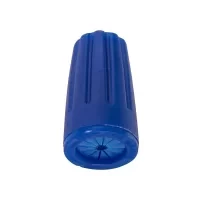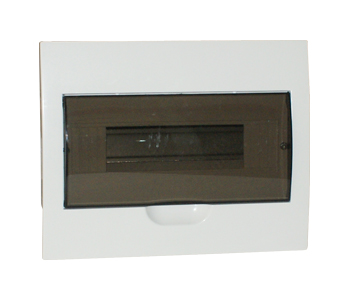Tips For Using Garden Lights LED

Garden Lights LED is supplied by AGM Electrical Supplies and is designed to provide lighting for outdoor areas. These lights are made of highly efficient LEDs that use minimal energy, making them an ideal choice for cost-effective lighting solutions. They can be used in gardens, patios, pathways, and other outdoor spaces. Garden Lights LED offers a range of stylish designs to suit various aesthetic needs and requirements. If you are looking for some tips on how to use your garden lights LED, you've come to the right place. This article will cover different kinds of lighting, including String, Hardscape, Wall and Festoon lighting, and give you some ideas on how to use them to create a stunning effect.
String lighting
If you want to decorate your backyard with lights, the following tips are worth taking note of. They are not difficult to follow and will give you plenty of bang for your buck. The first thing to do is to make a plan. Consider the available space, what you want to illuminate and what power sources you have. You may want to mount lights on posts or use a string light suspension kit.
One of the most fun ways to display your string lights is by draping them over a tree. This is especially true if you have a mature tree. But if you do not have trees, you can opt for a pergola. It is also a great way to create shade.
Festoon lights
Festoon lights can help banish the darkness and provide a cozy and romantic glow in your garden. They can be hung around your seating area, on your patio or on your pergola. These festoon lights also come in a variety of colors, making them ideal for any outdoor space.
Festoon lights are great for your garden because they're durable and easy to use. You can choose between battery-powered bulbs or mains powered ones. If you're going to be using the festoon lights outside, you might want to consider purchasing a solar-powered version.
Solar-powered festoon lights are a green way to add light to your garden. The lights are able to store energy from the sun and turn on automatically when it gets dark. In addition, these lights are water-resistant and offer a wide range of flashing options.
Wall lights
The right garden lights LED can enhance the aesthetics of your outdoor living space. But how do you go about choosing which lighting fixtures to use? One way to go about it is to ask your neighbors. Ask them about their outdoor lights and what they think are the best.
While they may not be able to tell you the exact number of lights that are in your backyard, it is not impossible to get an idea of their preferences by examining the layout of their gardens. Similarly, you can ask for their advice about what light fixtures to avoid.
Choosing the right combination of lighting can be a challenge, but the good news is that there are many options on the market. You can choose from solar powered lights, mains powered lights, or a hybrid of the two.
Hardscape lights
Using garden lights is a great way to illuminate a backyard or front porch. These fixtures can deter intruders, enhance safety at night, and provide illumination for walking paths. There are a variety of options for garden lighting. In order to choose the best fixtures for your garden, it's important to understand different types of lights and their effects.
String lights, also known as fairy lights, can be strung throughout the yard for a dramatic effect. They can be used to highlight plants, trees, and stone walls. Alternatively, they can be wrapped around posts or placed on a patio.
Uplighting is another effective lighting technique. It highlights the underside of a tree canopy, the trunk of a large tree, and other objects. Grazing is also an option, where a light is placed on a flat surface to add an upscale touch.
Setting a timer
Setting a timer for garden lights can be a tricky task. Whether you are using a dial, digital or photoelectric type, it's important that you know exactly what you are doing. This will help to avoid making the wrong choices and to save money on your electricity bills.
First, you'll need to plug in your lights. Make sure that you don't accidentally turn them on or off when you're setting your timer.
After that, you can begin programming. To program, you need to set a time and select which day of the week you want to turn the lights on and off. You can also program your timer to turn on after dusk and off before sunrise.
If you use a digital timer, you can program it to cycle through different schedules. Many of them will allow you to program several on/off times.











